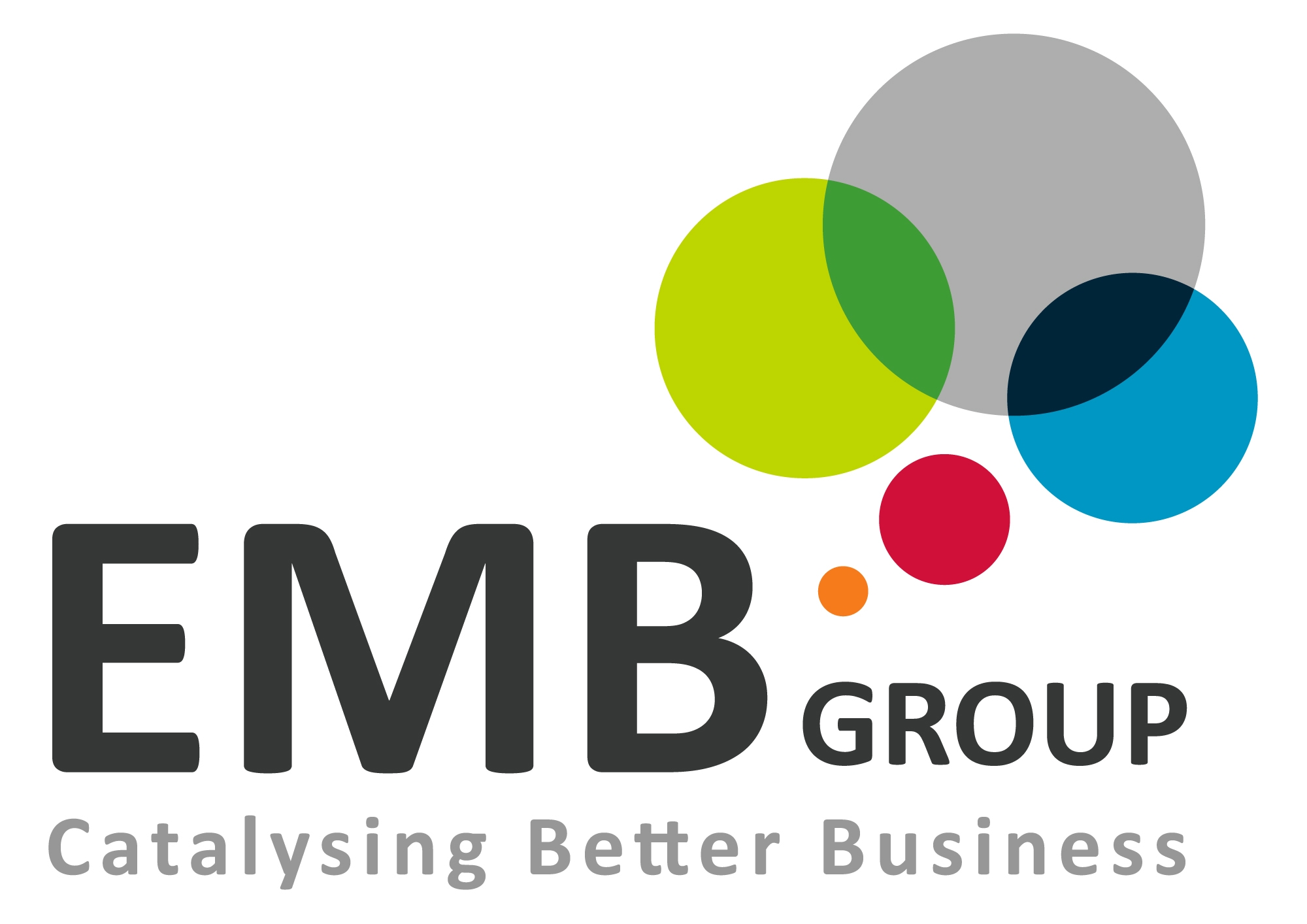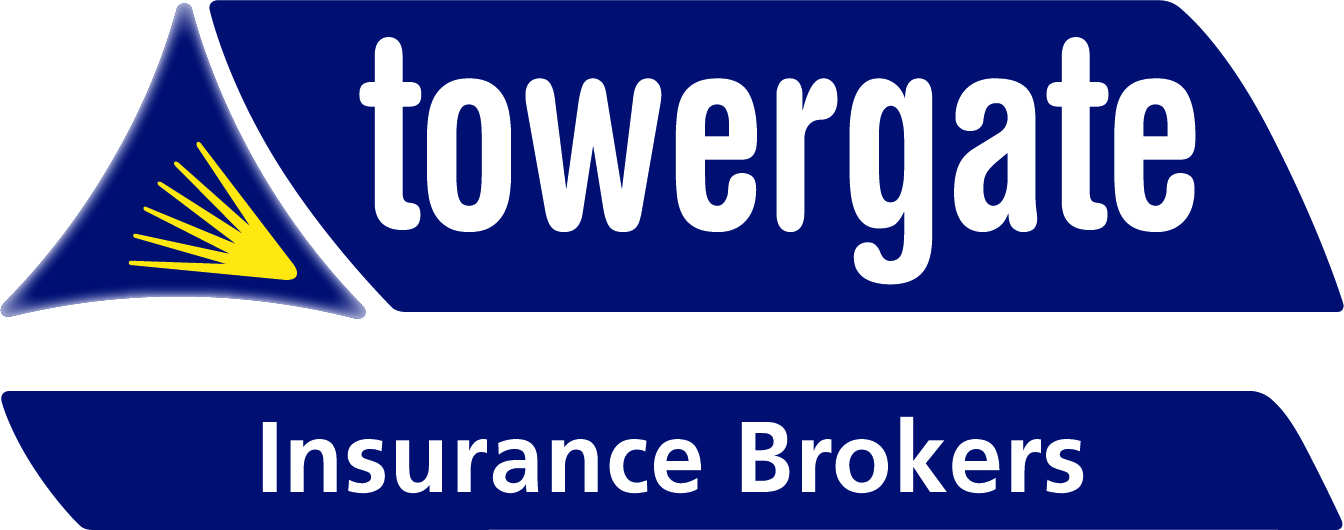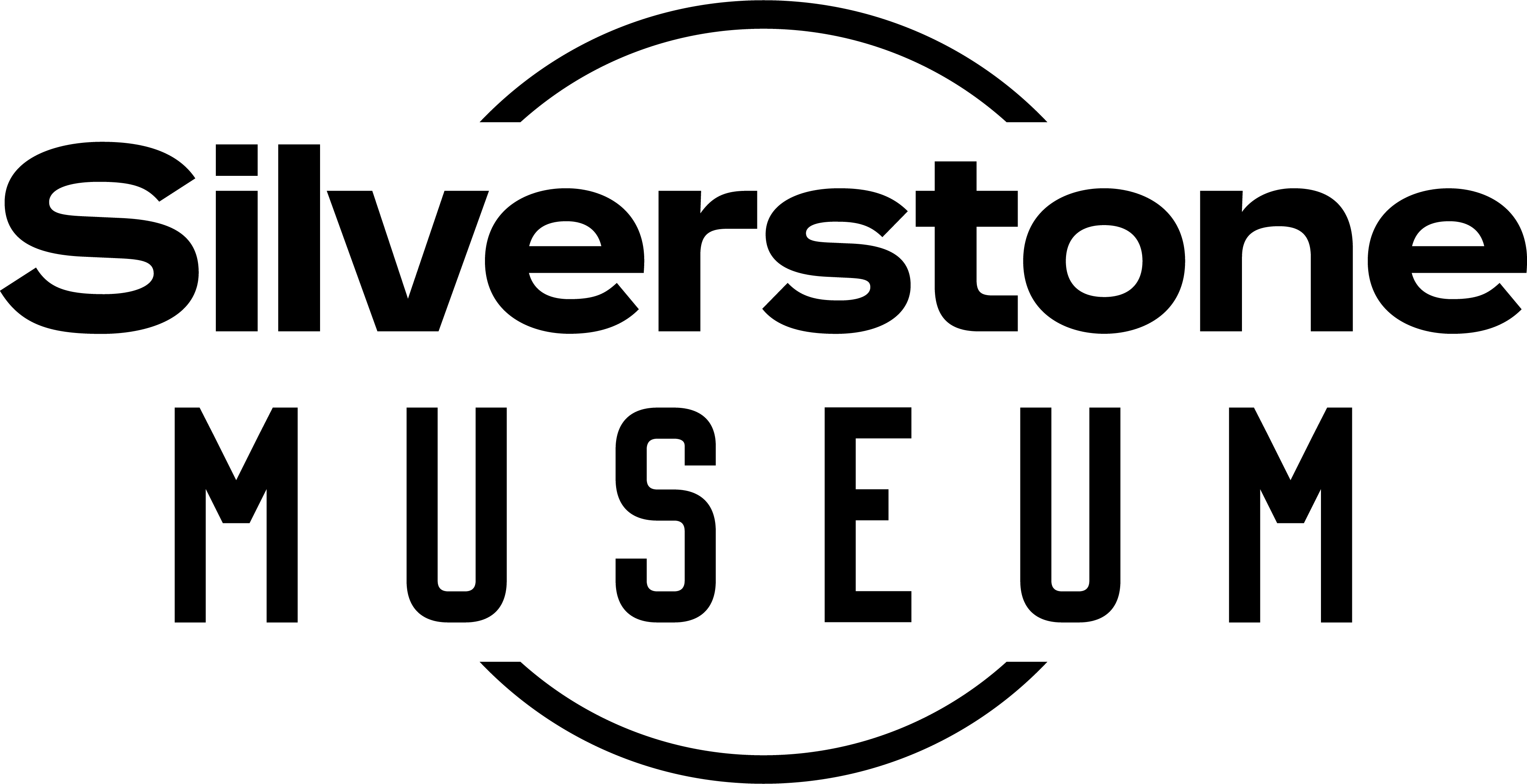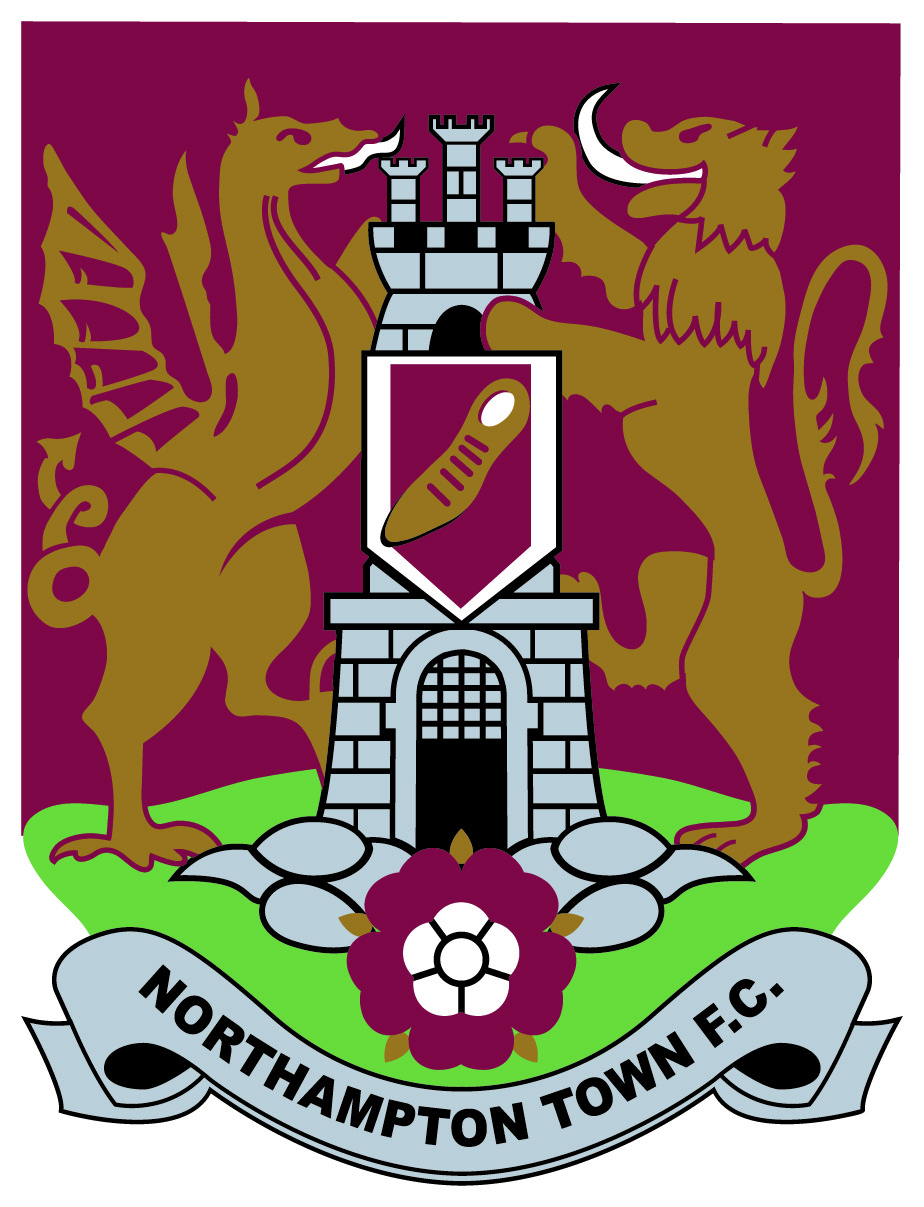

Touch Up Your Customer Touchpoints
Blogs
Here’s a fascinating fact…..when Apple became frustrated that some of its’ retail partners weren’t doing a good enough job creating the ‘Mac Experience’ for Apple PC customers, they decided to open up their own stores and take control of what they wanted their customers to see/hear/feel……which was considered at the time to be a terrible move – a Tech Company moving into Retail – CRAZY!
However, Apple are now considered to be a Customer Experience retail benchmark for others to live up to, and major reason why Apple has seen such growth and incredible loyalty for their brand – they took control of their most important Customer Touchpoint….
So, should every business invest in their key Customer Touchpoints in such grandiose fashion?
Of course, not – however it’s definitely time for us all to thoroughly understand our own Customer Touchpoints and make informed decisions about how we WANT to appear.
The Covid pandemic might have radically altered the way we’re all working, and it’s also affected customer behaviour and expectations – and that will last long into the future and maybe forever. During this period, some companies have been overwhelmed with business increases we could never have imagined, while some have experienced near shut-down – and it’s true to say that whichever side of the fence your business falls, its likely you’ve had to change (or pivot!) – and fast – but have you noticed that the way your customers interact with your Brand or Service has changed too?
So, what is a Customer Touchpoint and what should you do with them?
A Customer Touchpoint is generally considered to be any interaction point between your customer and your brand/service.
When you consider your Customer Touchpoints, think about them as divided into three main areas
• Awareness (or Discovery)
• Evaluation (Researching & Making the Purchase)
• Post Purchase (After the sales, enquiries, and ongoing communication
It’s important that you can identify the many and varied ways your customers come in to contact with your business, products or services so you can ensure each time, it is as you want it to be. After all, if you’re a retailer you wouldn’t forget to check your store window every day – so make sure all your other touchpoints have the same impact – otherwise you risk ‘customer leak’.
Your touchpoints could be a combination of:
• Website – look, feel and ease of use
• Calls to your business – answer phone message, speed of response, call handler approach
• Incoming emails – automated response, follow up, consistency of responder
• Customer Review sites – Trustpilot, Trip Advisor
• 3rd parties and virtual sellers that stock your products – retailers, websites, Amazon, eBay
• Personal recommendation – what are your existing customers saying about you?
• Expo Sites and Printed Collateral – Leaflets, Stands, Promotional sites
• Social Media – who checks, who posts, who responds, how consistent is it?
When you really understand the reach of your touchpoints, find out if each one is presenting your business, products, or services in the way you want.
When you can clearly see each touchpoint – and you’re able to look at them through THE CUSTOMER lens (not yours), you can begin to identify which are strengths for your business, and which may be causing you harm, or unnecessarily costing you.
For example – you may find that the touchpoints associated with Awareness and Discovery (e.g., Website, Customer Reviews etc) are very strong for you. However, if your Post Purchase touchpoints are not so strong, are you unnecessarily ‘leaking’ customers after you’ve done all the hard work to attract them in the first place – ask yourself how you are engaging with them and keeping them interested in you? And…we know that existing repeat customers are more profitable than attracting new ones!
Another common mistake is to confuse Customer Touchpoints with “Business Channels” – here are some examples of Business Channels:
Business Touchpoints
(Channel Based)
• We have a Website
• We use direct mail / leaflets / email information
• We provide Pay Points
• We answer the Phone / have a Call Centre
• We send Newsletters
• We provide Loyalty Schemes
• We design Promotional Offers
• We follow up sales with an aftersales call
• We have a Service Recovery department
Business Channels are most definitely legitimate ways to create your customer strategy, but they are NOT touchpoints. They are the decisions YOU have made about communication methods – but they’re not always what CUSTOMER’s are looking for – channels are the practical ‘WHATS’ without the ‘HOWS’… a touchpoint is an emotional what and how – the way the customer experiences each channel.
So – we suggest if you want to ensure you’re presenting your ‘best face’ to your customers consistently, make sure you regularly review how effective each touchpoint is. For example, are there alternative touchpoints to the ones YOU have created that might work better for you?
Here’s some ‘get started’ tips…
1. Identify which Touchpoints you’re in control of, and which you’re not e.g. anything ‘outsourced’ (like external review sites) versus in-house activities
2. Check & review touchpoints in your control – here’s some ideas:
Do you meet the needs of the customer depending on the way the customer interacts with you – e.g., Twitter customer contact generally requires immediate response whereas a response to an email is expected to be longer and personalised.
Do all your touchpoints have a consistent ‘tone of voice’, regardless of the reason the customer is ‘meeting’ you…e.g., do you respond to sales enquires in the same way as you do to customer complaints?
Is each Touchpoint response relevant to the customers reason for using it? e.g., do you use the same response process regardless of the reason customers are reaching out? e.g., Social Media enquires v Social Media posts?
Does each Touchpoint have a ‘difference’ throughout – should you adapt internal processes to meet customer needs better?
Overall – do they make your business one that is easy to do business with?
Three – check out your reviews/ratings on external feedback sites
Respond publicly to reviews good or bad,
Be bold about publishing changes and improvements resulting from feedback
Demonstrate how you value the Business / Customer partnership
A few more thoughts…
Have YOU tested the flow of incoming/outgoing information? Where are the gaps or hurdles?
Can you ‘invent’ any new touchpoints (the Apple example)?
Do your touchpoints provide your business with its USP?
Remember, the choice of services and products that meet similar needs is vast – so why should a customer choose you?
Of course, you can never completely control that final customer decision – but, by reviewing the varied lens’s through which your customers see, hear, feel, and touch you, you can make sure you appear exactly how you want to, and attract the customer who will value what you’ve got – and they’ll stay as long as you keep valuing them.
Would you like to map you Customer Journey and Touchpoints? Contact us on 01604 212734 or through our website www.specificlc.com.


















